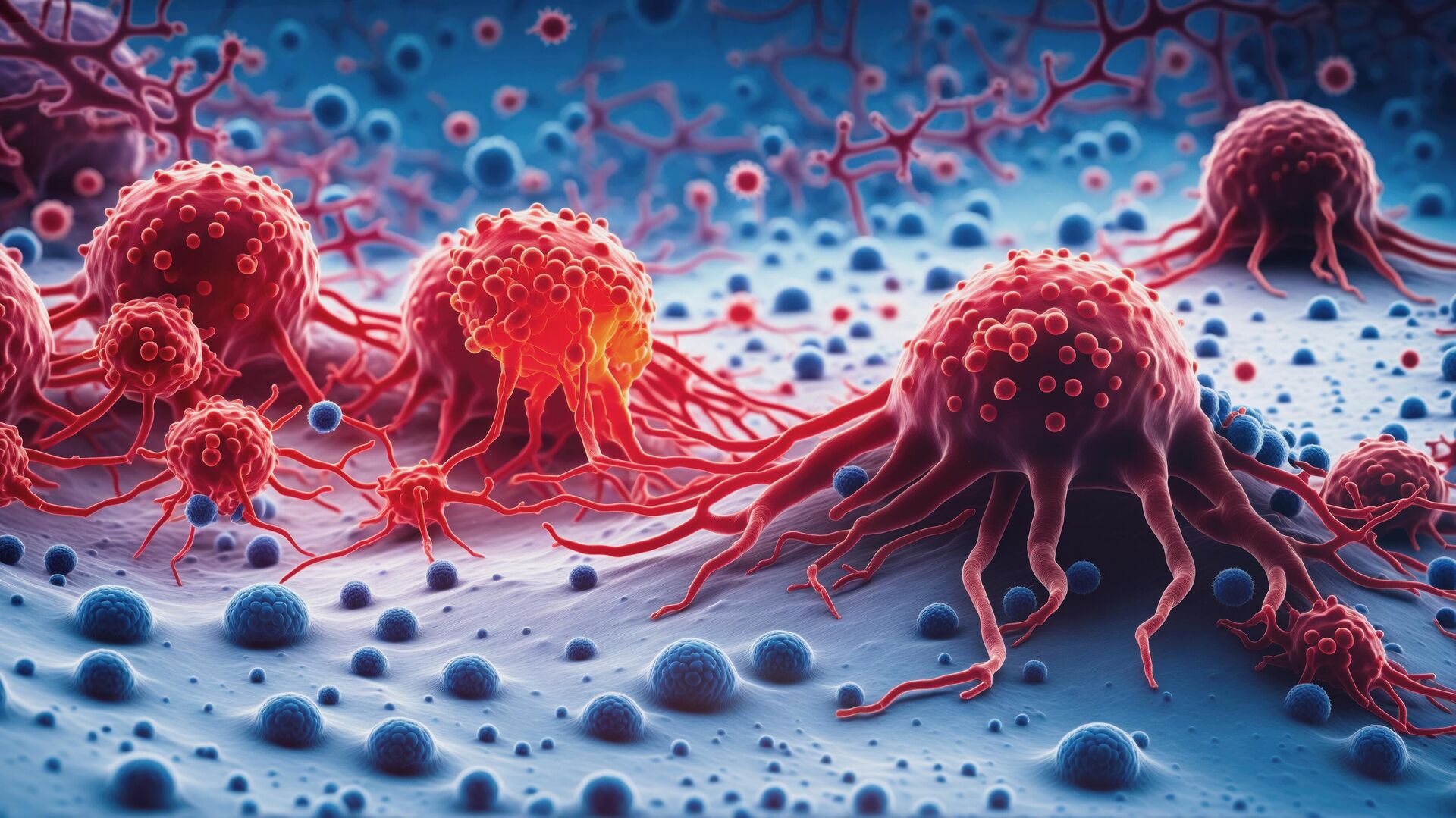
MOSCOW, May 21. Nanoparticles capable of killing cancer cells without harming healthy tissues were developed by IKBFU scientists as part of an international research team. According to the authors, using the iron oxide-based samples they created, it is possible to carry out several types of therapy, differing in the mechanism of action on the affected cell. The results were published in the Journal of Magnetism and Magnetic Materials.
As the university said, in the process of treating cancer with traditional drugs, both cancer and healthy cells are equally affected, which negatively affects the patient’s condition, so approaches to the treatment of cancer without the use of aggressive chemicals, but using targeted external influences, are currently being actively studied. 
An example of such treatment is photothermal therapy — heating living tissue with an infrared laser. As explained by specialists from the Baltic Federal University. I. Kant (BFU), if cancer cells contain nanoparticles that absorb infrared radiation well, then these tissues will selectively heat up noticeably more than tissues without nanoparticles, which will reduce the negative impact of therapy on healthy cells.
Photothermal therapy can be carried out in conjunction with magnetothermal therapy, a treatment that involves heating nanoparticles located in tissues using a magnetic field. Experts noted that in order to implement combination therapy, particles must both absorb optical radiation well and be exposed to a magnetic field.
It is precisely these samples based on magnetite (mixed iron oxide) and cobalt ferrite (CoFe2O4) that were developed by Russian scientists from the IKBFU and NUST MISIS, as well as colleagues from Serbia and Slovenia. According to experts, the developed particles can become a worthy alternative to accepted approaches to the treatment of cancer, since they convert almost all laser radiation directed at them into heat (97%), and also heat up under the influence of a high-frequency (hundreds of thousands of hertz) magnetic field.
«
“From the results of our study, it is clear that the photothermal properties of iron nanoparticles can be improved and achieve indications comparable to gold nanoparticles, which are considered the most effective for such treatments. In addition, the developed nanoparticles are not toxic to cells and can be used in combination therapies when combined with magnetomechanical or magnetothermal therapy,” said a researcher at the Laboratory of Magneto-Optical Research at IKBFU. I. Kanta Anton Anikin.
He noted that carrying out several types of therapies using one nanoagent should have a positive effect on treatment by increasing the effectiveness of therapy and reducing side effects.
Scientists are currently working on creating composite samples, which include several types of nanoparticles. As the university explained, due to the interaction of the surfaces of two types of nanoparticles, their optical and photothermal properties are better than those of these particles separately.





















































Свежие комментарии